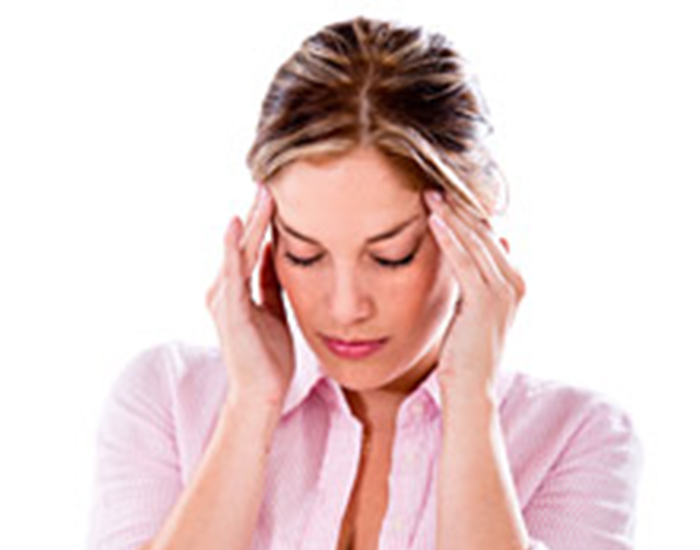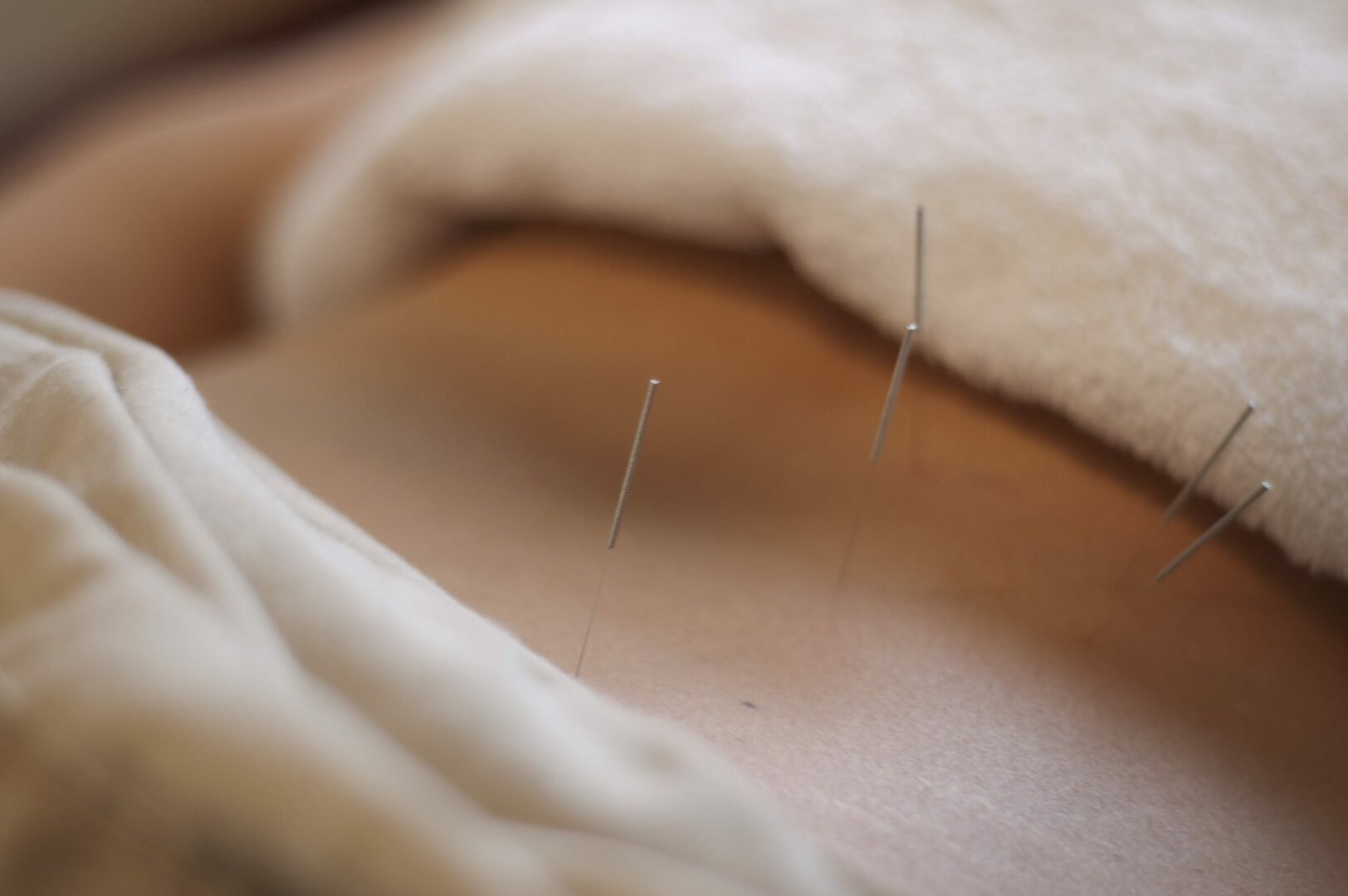Chronic Pelvic Pain Syndrome (CP/CPPS), is a complex and often misunderstood condition that can significantly affect one’s quality of life. I have been using acupuncture for 18 years to help men with CP/CPPS to reduce pain and improve the associated symptoms.
In this blog post, I will explain five crucial aspects of acupuncture for pelvic pain, underscoring its benefits, holistic healing approach, and the integral role it plays in managing Chronic Pelvic Pain Syndrome.
1. Acupuncture’s Efficacy in Pelvic Pain Management
Acupuncture has proven to be a powerful tool in the battle against pelvic pain, surpassing standard pain management and anti-inflammatory medications in effectiveness.
Numerous clinical studies have shown that patients receiving acupuncture report significant improvements in pain levels, urinary function, sexual health, and overall quality of life compared to those undergoing standard pain management therapies.
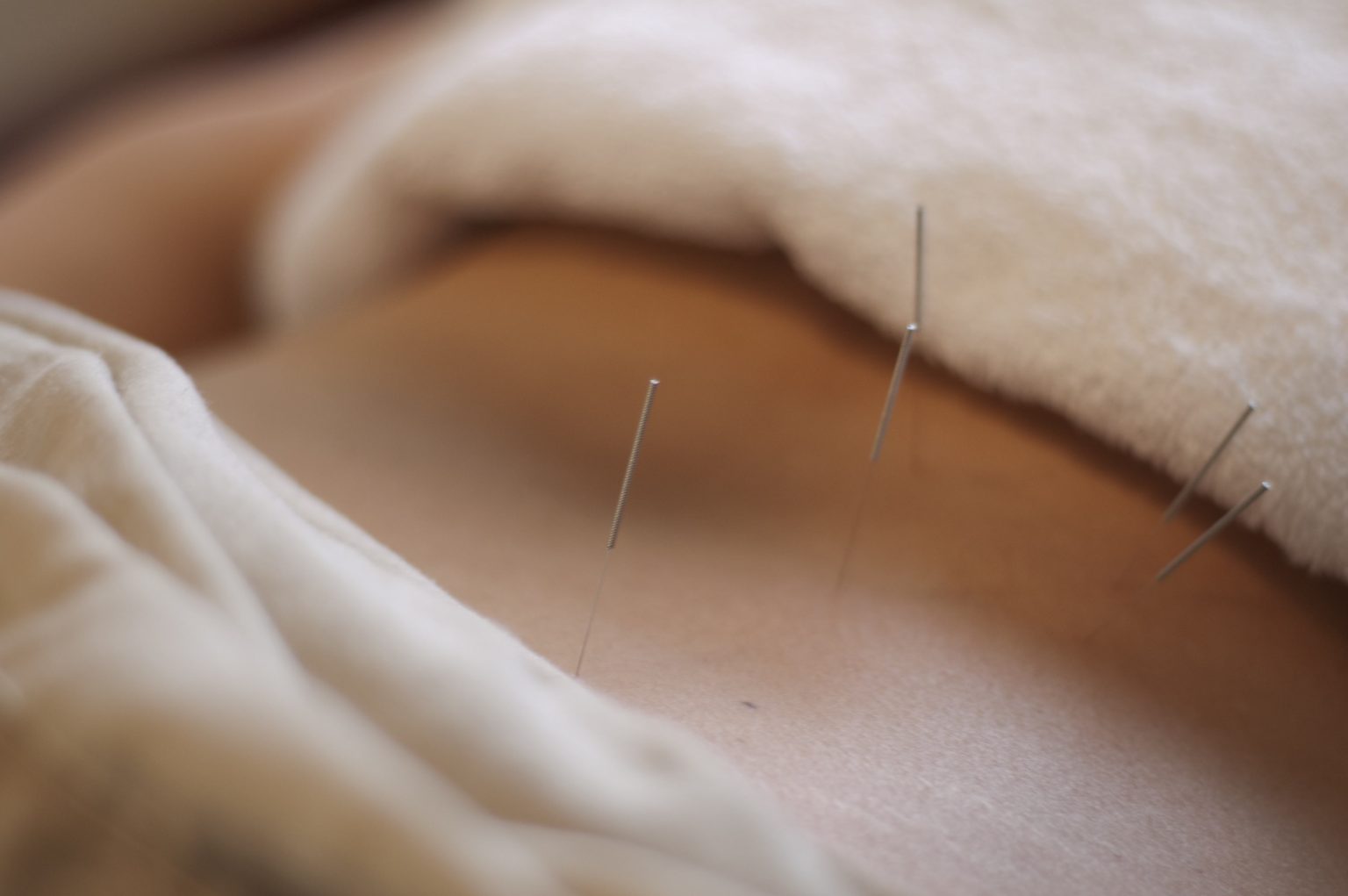
2. Understanding Chronic Pelvic Pain Syndrome (CPPS)
Chronic Pelvic Pain Syndrome is a condition that presents a wide array of challenging symptoms, including painful or difficult urination, genital discomfort, lower back pain, sexual dysfunction, and often, digestive issues.
While the symptoms are similar to a chronic infection of the prostate, CP/CPPS likely comes from many different factors and is most often caused by muscle spasms and tension in the pelvic floor, lower back, and legs.
A pivotal aspect of managing this condition involves recognizing the cyclical relationship between stress and muscle pain, where pain exacerbates stress, which in turn, intensifies pain.
3. A Mind Body Therapy
Acupuncture offers a holistic approach to healing, addressing both the mind and body to break the pain-stress cycle, relax muscles, reduce inflammation, and stop pain. It not only provides relief from pelvic pain and improves sexual function but also decreases urinary problems and eases depression associated with CPPS. Moreover, acupuncture can help alleviate related issues like digestive problems and insomnia, making it a comprehensive treatment option for those suffering from CPPS.
4. Acupuncture is a Natural Reliever
Acupuncture acts as a natural reliever by stimulating the body’s opioid system, modulating pain in the nervous system, and reducing inflammation.
When acupuncture needles are inserted into specific points on the body, they stimulate nerve fibers, which send signals to the brain to release endogenous opioids, such as endorphins and enkephalins. These natural chemicals play a critical role in the body’s pain management system, our natural pain relieving system.
Another factor in acupuncture’s ability to alleviate pain involves the modulation of the nervous system. It influences the pain transmission process by stimulating nerves which leads to the release of neurochemicals and hormones. This process affects the body’s pain-modulating mechanisms, decreasing the perception of pain. Research suggests that acupuncture can alter the brain’s pain processing areas, reducing sensitivity to pain and improving pain tolerance which may be why acupuncture leads to long-term pain relief.
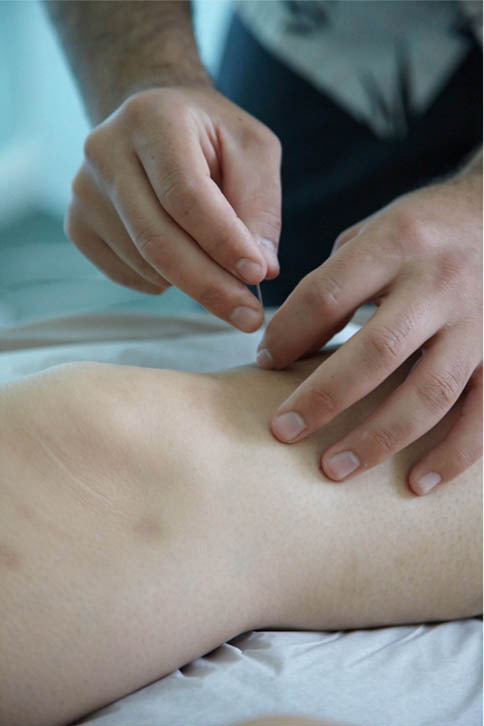
Additionally, acupuncture has been shown to reduce inflammation by promoting the release of vascular and immunomodulatory factors.
5. Personalized Treatment Plans
Diagnosing and treating the root imbalance causing CPPS involves selecting specific acupuncture points on the lower back, glutes, abdomen, and legs, with special attention to areas that directly influence the pain you are feeling.
My approach targets specific points to alleviate pain and inflammation, release trigger points, and relax tight fascia that contribute to referred pain. I will often include therapies such as:
- Trigger Point Releases: When there is a specific area of tightness in a muscle causing pain, this is referred to as a trigger point. Trigger points in muscles not only cause pain on the muscle but can refer pain to the pelvic floor and genitals. Releasing them brings more circulation and relaxation to the muscles that connect to the pelvic floor.
- Electroacupuncture: Electroacupuncture is the use of a small amount of electric stimulation on selected acupuncture points. This will help swiftly reduce pain and inflammation. We usually will see a significant reduction in pain from electroacupuncture in 3-5 visits.
- Chinese herbal medicine can help reduce pain and inflammation and improve urinary flow.
- Gua sha, a massage technique with a smooth tool such as spoon or jade stone, is particularly helpful if there is slow or inhibited urinary flow
- Mindfulness techniques and breathing exercises can also help prevent the recurrence of symptoms, offering a whole person approach to healing.
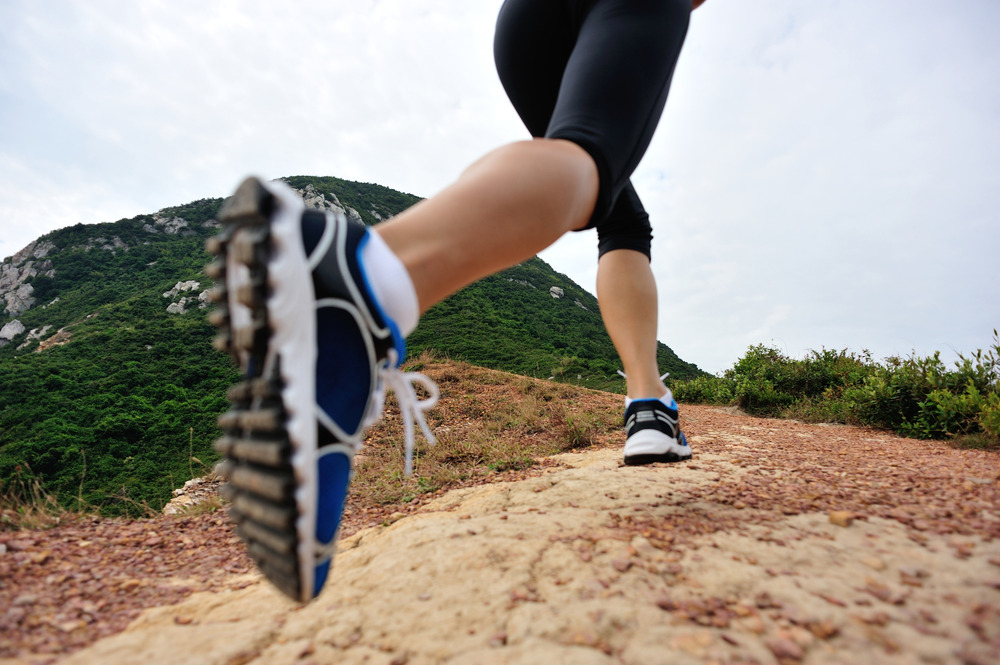
Feel Better, GetAcupuncture
Acupuncture is an effective treatment for those grappling with pelvic pain and CPPS. Throughout my 18 years of practice I have helped hundreds of men with CPPS and have seen acupuncture’s ability to stimulate the body’s natural healing processes to reduce pain, improve urinary and sexual function, and calm stress.
Whether you’re exploring treatment options or seeking to enhance your current pain management strategy, acupuncture offers a promising and transformative approach to overcoming pelvic pain.
Please call us at 212-319-5757 to make an appointment. Or you can schedule your appointment online.


